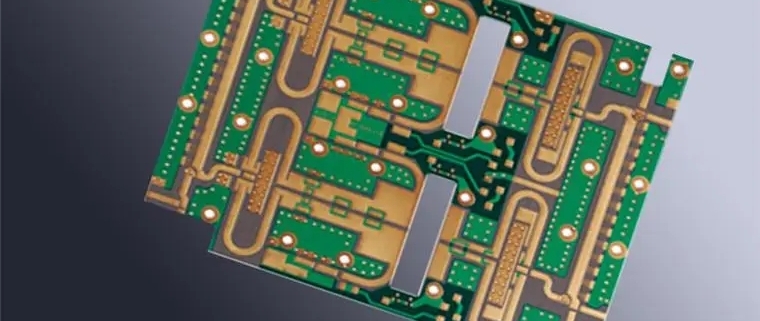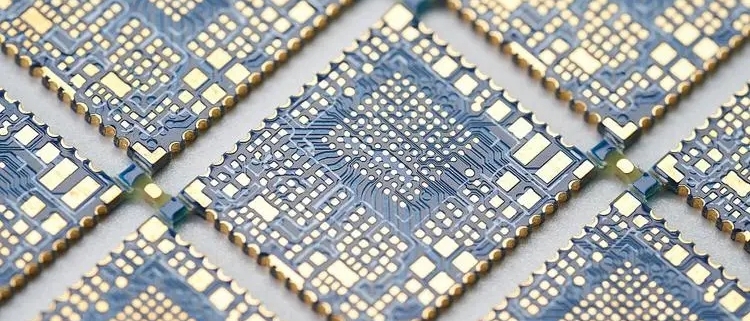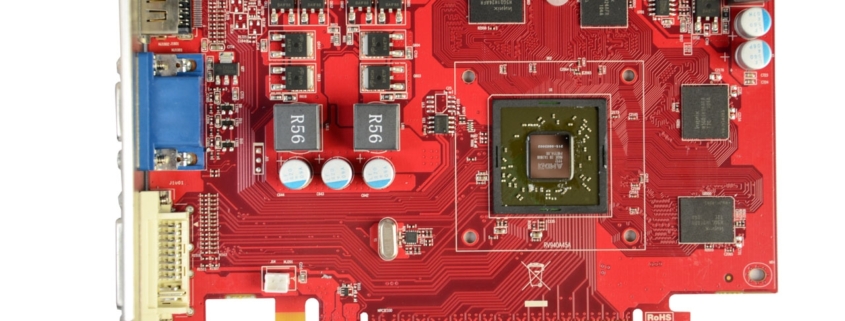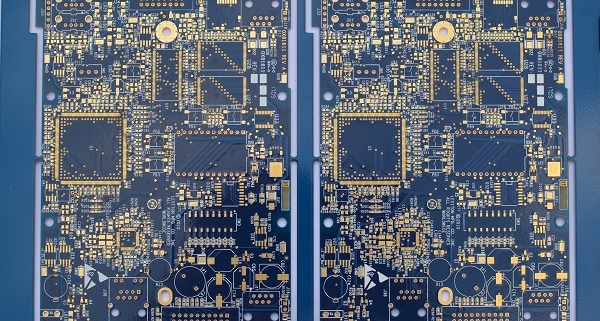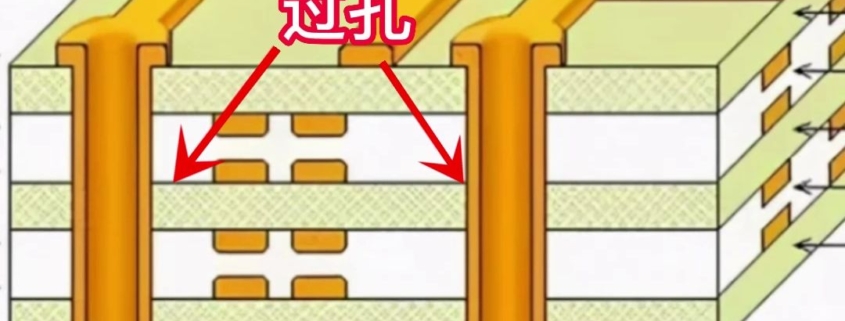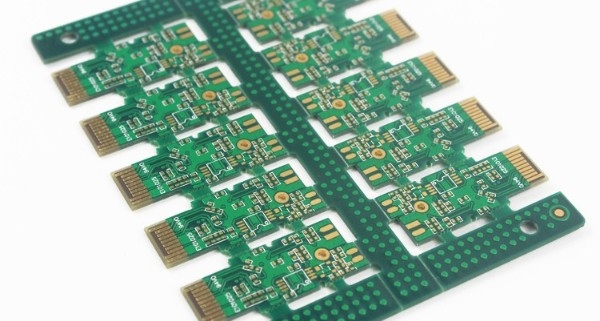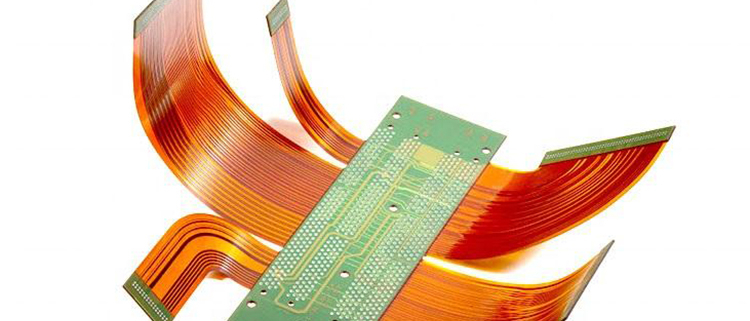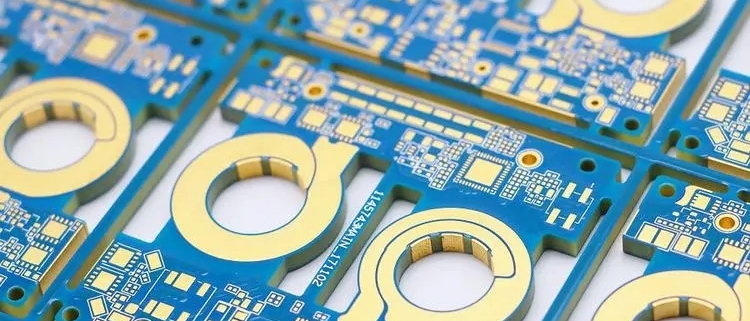Speed up your circuit design! Understand the characteristics of high-frequency and high-speed PCB!
Circuit design is a job that requires patience and care, as one error may affect the performance and reliability of the entire circuit. In circuit design, high-frequency and high-speed boards are a very important part because its characteristics will greatly affect the performance of the circuit. This article will elaborate on the characteristics of high-frequency and high-speed boards, including signal transmission, EMI suppression, wiring planning and material selection, while also providing some practical tips and suggestions to help speed up your circuit design.
1. Signal transmission
Signal transmission of high-frequency and high-speed boards is one of its most important features. Since high-frequency signals have very high frequencies and short wavelengths, special measures are required to ensure the quality and stability of signal transmission. A common method is to improve the signal-to-noise ratio and anti-interference ability of the signal by using differential signal pairs. In addition, during high-speed signal transmission, signal echo is also a factor that needs to be considered. Because signals travel quickly, echoes can cause signal distortion and performance degradation. In order to reduce echoes, appropriate termination resistors and snubber circuits can be used.
2. EMI suppression
EMI (electromagnetic interference) refers to the electromagnetic radiation generated by electronic equipment and the electromagnetic field interference felt, which can have a negative impact on the performance and stability of circuits. In the design process of high-frequency and high-speed boards, appropriate EMI suppression measures need to be taken. One of the commonly used methods is to reduce the area of the current loop and the path that forms the loop through reasonable layout of circuit traces. This can be accomplished by using ground plans, differential lines, and reducing power and ground current loops.
3. Wiring planning
The wiring planning of high-frequency and high-speed boards is a very important step in the design process. When planning wiring, factors such as circuit layout, wiring, power lines, and ground wires need to be considered. One common approach is to use different layers for routing. For example, you can use the inner layer for routing power and ground lines, and the outer layer for routing data lines. Through this method, the length and intersection of traces can be reduced, and signal distortion and noise interference can be reduced.
4. Material selection
The material selection of high-frequency and high-speed boards also affects the performance and reliability of the circuit. For example, different dielectric constants and dielectric losses affect the speed and transmission quality of signals. Therefore, when selecting materials, factors such as the dielectric constant, dielectric loss, thermal expansion coefficient, and thermal conductivity of the board need to be considered. At the same time, factors such as the cost and reliability of materials also need to be considered.
High-frequency and high-speed boards are a very important part of circuit design and require special attention to factors such as signal transmission, EMI suppression, wiring planning, and material selection. By using the appropriate techniques and measures, you can improve circuit performance and reliability and speed up your circuit design.

